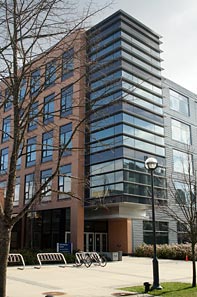Brown: Carolyn Brown’s laboratory studies the mechanism of human X chromosome inactivation – the process that equalizes the expression of X-linked genes between males and females. Research is focused on how the non-protein coding XIST RNA can associate with the entire chromosome, resulting in establishment of facultative heterochromatin and gene silencing.
Howe: This research group studies the recruitment of histone modifying complexes to transcriptionally active genes in yeast. Dr. Howe is a Michael Smith Scholar and a CIHR New Investigator and has made notable contributions to our understanding of complexes that post-translationally acetylate histones. See: http://www.biochem.ubc.ca/fac_research/faculty/howe.html
Lefebvre: The Lefebvre Lab studies the phenomenon of genomic imprinting in the mouse model system.
Lorincz: Dr. Lorincz’s laboratory is focused on the interplay between transcription, DNA methylation and histone modifications in murine cells. Combining conventional genetic knock-outs with ex vivo biochemical analyses of chromatin structure and function, Dr Lorincz’s group is studying the role that histone modifying enzymes play in directing the DNA methylation machinery to specific genomic regions.
Sadowski: This laboratory studies how environmental signals affect transcriptional regulation in yeast using a combination of biochemical, molecular and genetic analysis. In mammalian cells Sadowski’s group studies how immune cell activation signals regulate HIV transcription.
Van Raamsdonk: Dr. Van Raamsdonk’s lab uses mouse pigmentation mutants to discover new genes that control melanocyte proliferation and survival. Several of these genes have been found to be mutated in human pigmentary disorders or melanoma. This laboratory is also interested in how boundaries are set during mammalian development.


